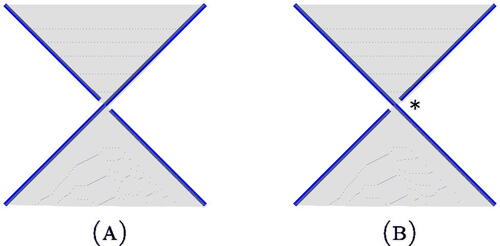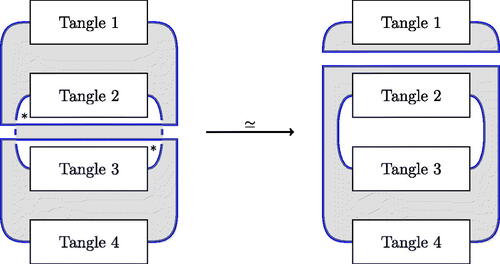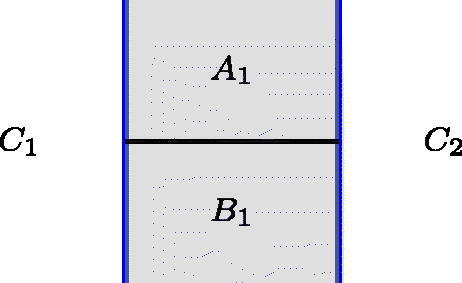Figures & data
Figure 1: The stevedore knot is algorithmically ribbon. Crossings which make each diagram nonalternating are marked with an asterisk.
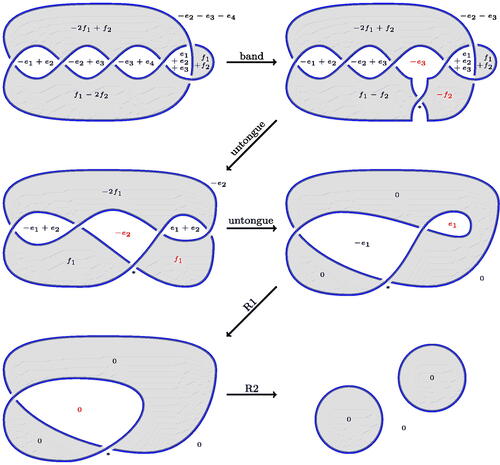
Figure 3: Candidate algorithmic bands. For the length-one band, the twist is chosen such that the new crossing is non-alternating; for the length-two band, one of the two crossings will be non-alternating, depending on the chessboard coloring of the diagram and whether the band crosses over or under.

Figure 4: Flype. Here (resp.,
) is a sum over all the white (resp., black) regions in the tangle. Vectors associated to white regions in the tangle are multiplied by
in this move; vectors associated to black regions in the tangle are unchanged. Note also that a special case of the flype is to move a connected summand past a crossing.

Figure 5: Reidemeister moves preserving bifactorizability. Note that both moves preserve the sum of number of diagram components plus number of nonalternating crossings. Note also that Reidemeister 3 moves change the number of nonalternating crossings and do not preserve bifactorizability.

Figure 9: The 3-flype move. Here (resp.,
) is a sum over all the white (resp., black) regions in the tangle. Vectors associated to white regions in the tangle are multiplied by
in this version of the move; black regions in the tangle are unchanged.

Figure 14: Two-bridge links and ribbon surfaces. Here s and t can be any nonnegative integers, while [[INLINE GRAPHIC]] and .
![Figure 14: Two-bridge links and ribbon surfaces. Here s and t can be any nonnegative integers, while [[INLINE GRAPHIC]] and m/(m−q)=[b1,…,bl].](/cms/asset/15539782-6b5c-422b-8f88-c0c9f4c85eee/uexm_a_2158968_f0014_c.jpg)
Figure 15: Algorithmic ribbon surfaces for 2-bridge knots and links, family (d). For s even, there is a minor modification to make in the fourth diagram. Note that one can easily obtain the bifactorizations for each diagram by working back from the crossingless diagram at the bottom.
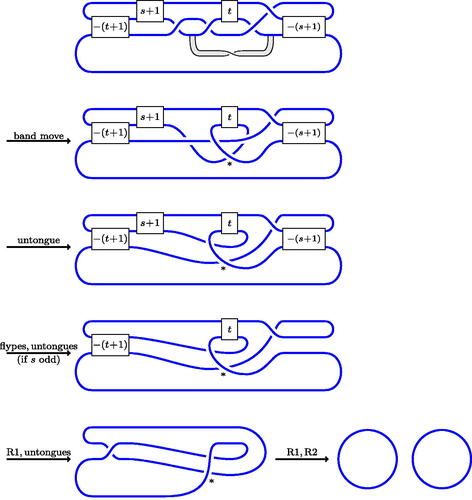
Figure 16: An alternating diagram of . The tangle marked
is the image of the tangle marked
under reflection in a plane perpendicular to the plane of the diagram.
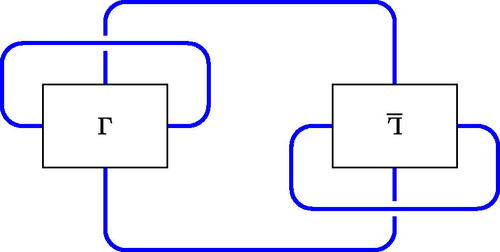
Figure 17: Local contributions to lattice embeddings. The orientation on the overcrossing comes from that on .
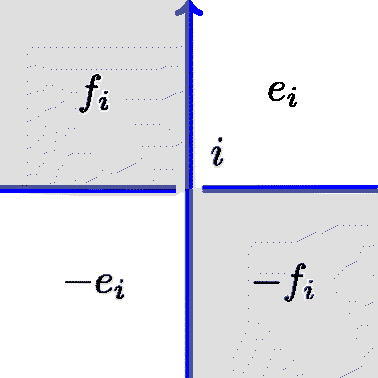
Figure 18: A band move. This is equivalent to composing a length two algorithmic band placed above or below the horizontal strand with an untongue move.

Figure 19: The result of band moves on . The tangle marked
is the image of the tangle marked
under reflection in a plane. After
band moves, the tangles
and
are crossingless.
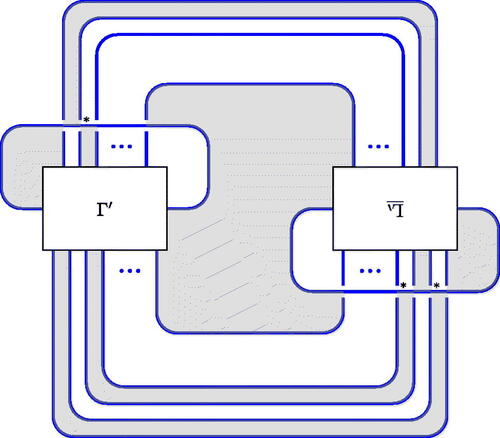
Table 1: Computational results of the Algorithm.
Table 2: Escapees identified and unresolved knots remaining.

